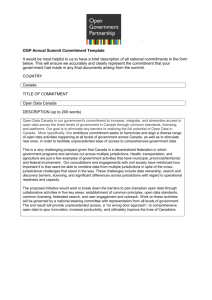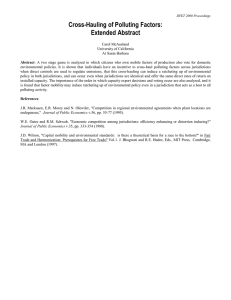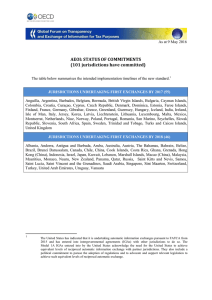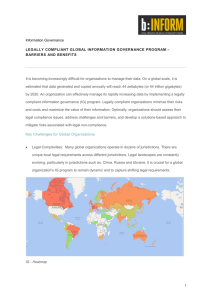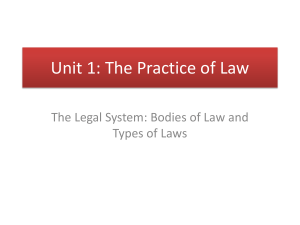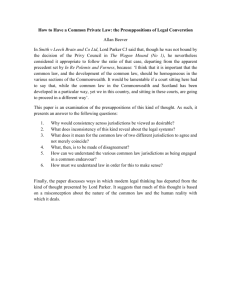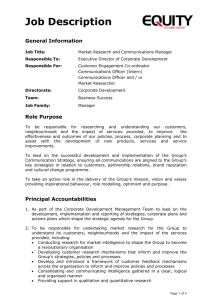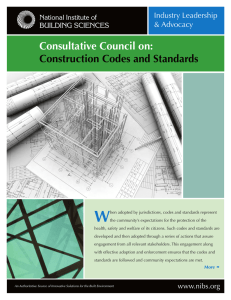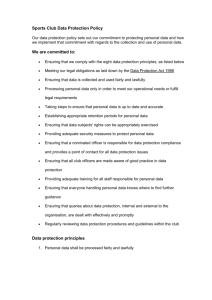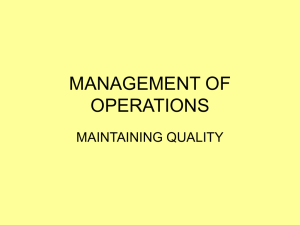Environmental Regulatory Practice Principles
advertisement
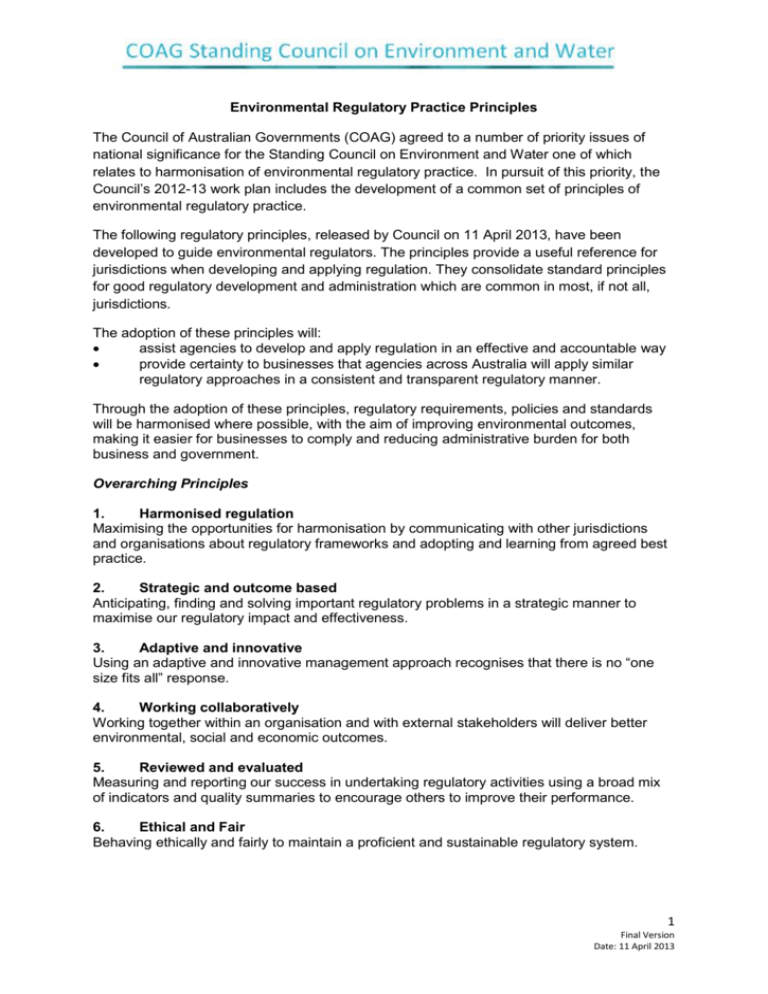
Environmental Regulatory Practice Principles The Council of Australian Governments (COAG) agreed to a number of priority issues of national significance for the Standing Council on Environment and Water one of which relates to harmonisation of environmental regulatory practice. In pursuit of this priority, the Council’s 2012-13 work plan includes the development of a common set of principles of environmental regulatory practice. The following regulatory principles, released by Council on 11 April 2013, have been developed to guide environmental regulators. The principles provide a useful reference for jurisdictions when developing and applying regulation. They consolidate standard principles for good regulatory development and administration which are common in most, if not all, jurisdictions. The adoption of these principles will: assist agencies to develop and apply regulation in an effective and accountable way provide certainty to businesses that agencies across Australia will apply similar regulatory approaches in a consistent and transparent regulatory manner. Through the adoption of these principles, regulatory requirements, policies and standards will be harmonised where possible, with the aim of improving environmental outcomes, making it easier for businesses to comply and reducing administrative burden for both business and government. Overarching Principles 1. Harmonised regulation Maximising the opportunities for harmonisation by communicating with other jurisdictions and organisations about regulatory frameworks and adopting and learning from agreed best practice. 2. Strategic and outcome based Anticipating, finding and solving important regulatory problems in a strategic manner to maximise our regulatory impact and effectiveness. 3. Adaptive and innovative Using an adaptive and innovative management approach recognises that there is no “one size fits all” response. 4. Working collaboratively Working together within an organisation and with external stakeholders will deliver better environmental, social and economic outcomes. 5. Reviewed and evaluated Measuring and reporting our success in undertaking regulatory activities using a broad mix of indicators and quality summaries to encourage others to improve their performance. 6. Ethical and Fair Behaving ethically and fairly to maintain a proficient and sustainable regulatory system. 1 Final Version Date: 11 April 2013 Principles to apply when developing regulation 7. Required Establishing the need for government action, ensuring our objectives are clear and targeted; and considering the costs and benefits of a range of options including the simplification, repeal, reform or consolidation of existing regulations. 8. Transparent Ensuring those interested have the best possible opportunity to participate in the development and review of regulations by providing detailed background and rationale for proposals, a mix of engagement initiatives and the consideration of comments and feedback in an appropriate and timely manner. 9. Enforceable Ensuring the options for enforcement action are clearly defined, appropriate and linked to achievable objectives. Principles to apply when undertaking regulation 10. Risk based and proportional Compliance and enforcement actions reflect the level of environmental risk. Responses are targeted, proportional achievable, measurable and cost effective. 11. Discretion is applied where appropriate Discretion is applied, where appropriate, in a rational and demonstrably justifiable way. 12. Decisions and actions are documented Accountability for decisions and, actions, considering only relevant facts, supported by adequate documentation, data and information. 13. Communicated effectively Communication is clear and concise so that all stakeholders are aware of their statutory responsibilities and requirements. 2 Final Version Date: 11 April 2013
